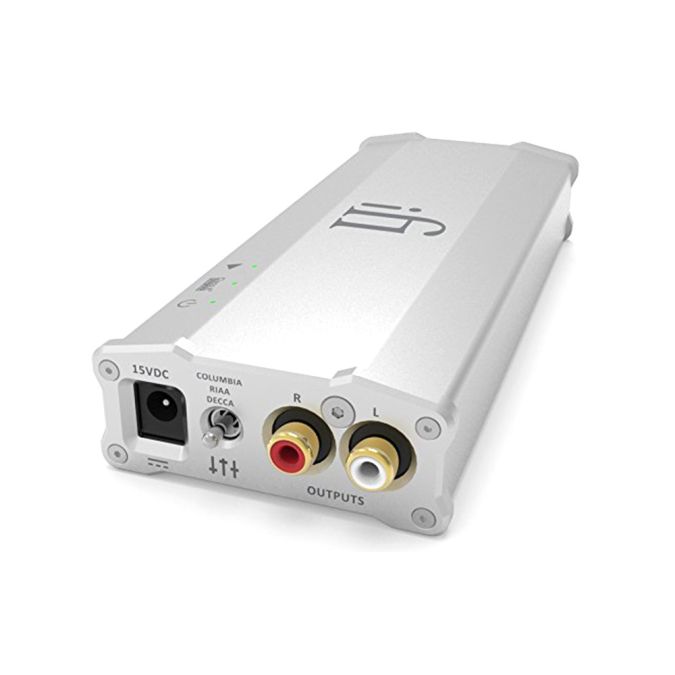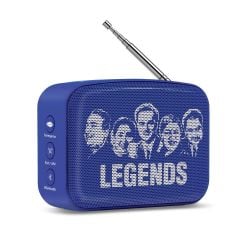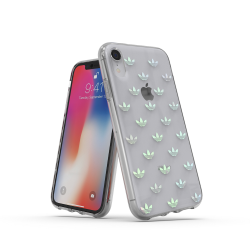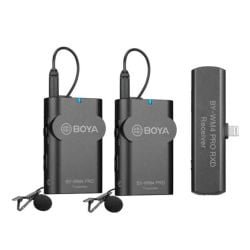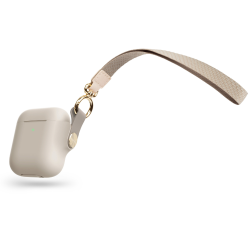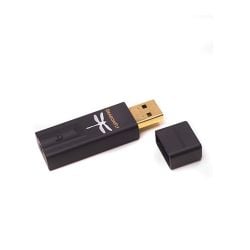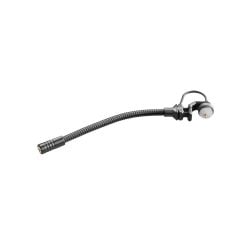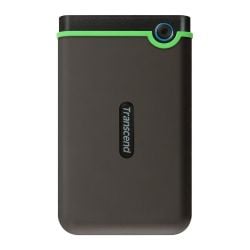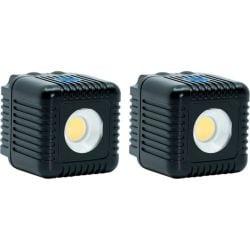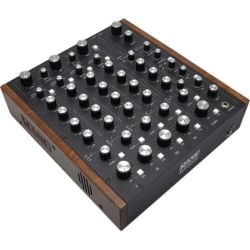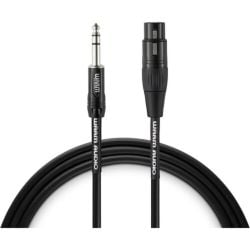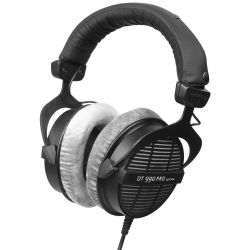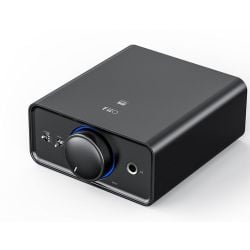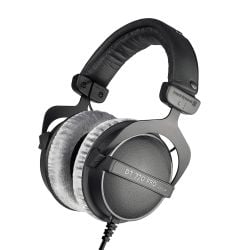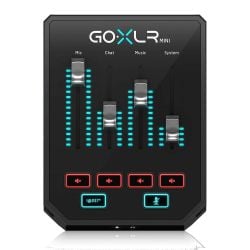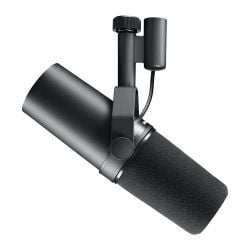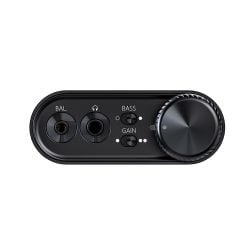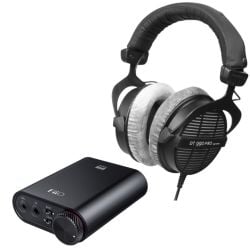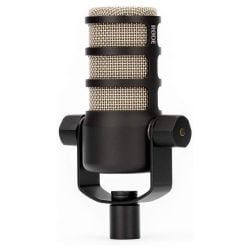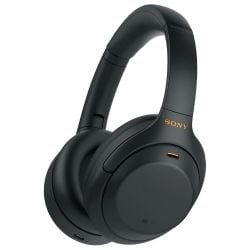IFI-Audio Micro iPhono2 Phono pre amplifier MM/MC
The new Micro iPhono 2 allows any cartridge at any price to be accommodated optimally. The maximum gain is now 72dB to handle the lowest of low output MC cartridges. The iPhono 2 now has 106 dynamic range compared to the 90 dB of the previous version and something close to a 15 dB bigger dynamic range than the best of the best phono stages. With this specification, user can experience wide-open sonic range and will take any audio system to a new level of enjoyment. The iPhono 2 also makes a perfect match for older non-RIAA LPs too. The device retains the popular 6 different Stereo EQ curves found in the original iPhono giving users more choices and freedom to correct the sound preference.
In the new iPhono 2, the Class A TubeState has been further refined. There is a new Burr-Brown Soundplus J-FET type amplifier at the heart of the new Class A, J-FET output buffer. The new circuit also reduces the loading seen by the main amp circuit, which improves the circuit inherent linearity while allowing it to drive even 600 ohm studio inputs. The power supply filtering has also been increased 5x in value. The noise performance was further optimized too.
- Wide gain from 36dB up to 72dB
- Accurate range of EQ curves
- Latest AMR trickle-down
- Class A, TubeState
- DC-Infinity Circuit
- Reference class parts quality
المنتجات المقترحة
منتجات شاهدها عملاء آخرون
معاينة موقع سماعة تك
تفاصيل المُنتج
- Freq. Resp.: 10Hz – 100KHz (±0.5dB), 20Hz – 20kHz (±0.2dB)
- Dynamic Range: MM: > 111dB, MC: > 106dB
- Signal-to-Noise Ratio: MM: > 85dB, MC: > 85dB
- Overload Margin: MM: > 26dB, MC: > 22dB
- Crosstalk: <-70dB(1KHz)
- Maximum undistorted output: 6V (Load >= 600 Ohm, THD <=1%)
- THD: <0.0007%
- Output Impedance: <100Ω
- Input Voltage: AC 100 – 240V, 50/60Hz
- Power Consumption: < 5W
- Warranty: 1 Year
ماذا في العلبة
- iFi Micro iPhono 2
- iFi 1 Year Parts & Labor Warranty
الفيديوهات
مواصفات المُصنع
Since its launch, the original iPhono became the ‘benchmark’ phonostage under US$1,000.
In order to improve upon the sector-defining original iPhono, whilst keeping in essence the same design philosophy, our design team went back to the beginning and designed a ground-up, new iPhono2. The design, circuitry, the parts, the specifications and most important of all, the sonic performance meant the end justified the means.
| Ultra-wide gain from 36dB up to 72dB | ||
 |
The iPhono2 allows any cartridge at any price to be accommodated optimally. The maximum gain is now an astonishing 72dB to handle the lowest of low output MC cartridges. Even the legendary Ortofon MC-5000 does not require sound-degrading step-up transformers.
The original iPHONO already had a wonderful dynamic range of 90dB that had super-expensive phono stages looking nervously over their shoulder. Well, the iPHONO2 with its 106dB dynamic range has just pulled right out in front with something close to a 15dB bigger dynamic range than the best of the best phono stages. With infamous test tracks like Tchaikovsky’s 1812 overture, the dynamism and wide-open sonic range is jaw-droppingly good and will take any audio system to a whole new level of enjoyment. |
 |
 |
||
| Most accurate range of EQ curves | ||
| The newly designed RIAA Equalisation circuit guarantees a +/- 0.2dB accuracy of the RIAA EQ from 20Hz – 20kHz, a reference class performance, period.
The iPhono2 is also a perfect match for older non-RIAA LPs too. The iPhono2 retains the very popular 6 different Stereo EQ curves found in the original iPhono. So one will never have to put up with sub-optimal sound quality because of being unable to select the correct EQ curve ever again. |
||
|
 |
RIAA: Standard EQ curve for all records issued after 1980s and some (e.g. RCA) after 1950s | ||
 |
*Decca: London, Deutsche Grammophon(DG), Archiv, EMI,Argo,NAB etc. | ||
 |
*Columbia/CBS, Epic, EMI (records originally issued under Columbia etc.) | ||
 |
eRIAA: for modern records with excessive phase-shift and high-frequency roll-off | ||
 |
IEC: RIAA with IEC subsonic filter eRIAA/IEC: enhanced RIAA with IEC subsonic filter |
||
| * For pre-1980 records | |||
| Background to different equalisation curves With the promulgation of RIAA equalisation standard in the mid-1950s, not all pressing labels (even those plants from the same recording label) adopted the RIAA curve simultaneously across the globe. And in Europe, the recording labels on the other side of the Iron Curtain were far from eager to adopt the RIAA standard from America. At AMR/iFi, we are obsessed with the ultimate to playback quality and in our opinion, to be faithful to stereo records, one should use the 6 different equalisation curves from the iPhono2 to perfectly match each and every record. Alternatively, if one does not wish to use EQ curves, just leave it on RIAA. |
| Latest AMR trickle-down; Class A, TubeState® | ||
 |
In the iPhono2, the Class A TubeState® has been further refined. There is an all-new Burr-Brown Soundplus® J-FET type amplifier at the heart of the new Class A, J-FET/BJT output buffer. This new circuit significantly reduces the loading seen by the main amplification circuit; which improves the circuit inherent linearity while allowing it to drive even punishing 600 ohm studio inputs with impunity. The power supply filtering has been increased 5X in value. The iPhono2 noise performance was further optimised to achieve a noise levels that approach what is feasible at room temperature. To achieve lower noise, cooling the circuit in liquid nitrogen would be needed. Drawing from admired AMR PH-77, the super-silent noise floor of the iPHONO2 is quite remarkable. It defies its price class to challenge money-no-object phono stages. The litmus test of any good phono stage design is that it is able to amplify the signal but not the noise. Hence, we advise customers to take the iPHONO2 home and to not listen to it. Why? They should lower the cartridge and turn the listening level as loud as possible. Then lift the needle again……and listen for the lack of noise that just about every phono stage is affected with. The Signal-to-Noise ratio of the iPhono2 is 3dB quieter on MC and 10 dB quieter on MM than the original iPhono. More than ever, listening to vinyl, one can hear ‘into’ the recording itself with the blackest of backgrounds and every nuance, inflection is picked up by the system. |
 |
 |
||
| DC-Infinity circuit is light-years ahead | ||
 |
To guarantee an output free from DC, a ‘textbook’ high-end Phono Preamplifier# usual has up to 5 coupling capacitors from MC cartridge to output in addition to DC servos, all of which cause signal quality degradation.
The original iPhono had only 2 coupling capacitors and no DC servo. In the iPhono2, with the all-new Direct-Drive Servoless ‘DC Infinity’ circuit, it has no capacitor AND no DC-Servo; so it adds zero noise nor distortion into the audio signal path. # The example cited is literally from a textbook on audio circuit design – “Small Signal Audio Design” by Douglas Self. |
|
| Reference class parts quality | ||
 |
The iPhono2 employed even more Japan TDK C0G type capacitors. These are complimented by Japan Panasonic ECPU Film Capacitors explicitly designed for audio use with extremely low distortion (<0.00001% @ 1V/10kHz). |  |
| iPhono2 also uses many more Vishay MELF type thin film resistors compared to the original. The proof is in the listening. The best just got better. |  |
|
 |
||
 BHD
BHD JOD
JOD KWD
KWD LBP
LBP OMR
OMR QAR
QAR SAR
SAR USD
USD






